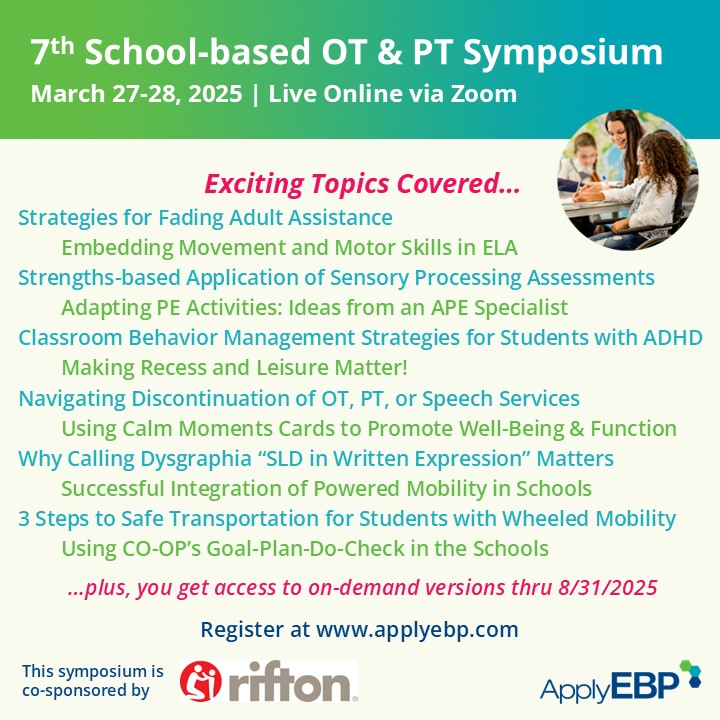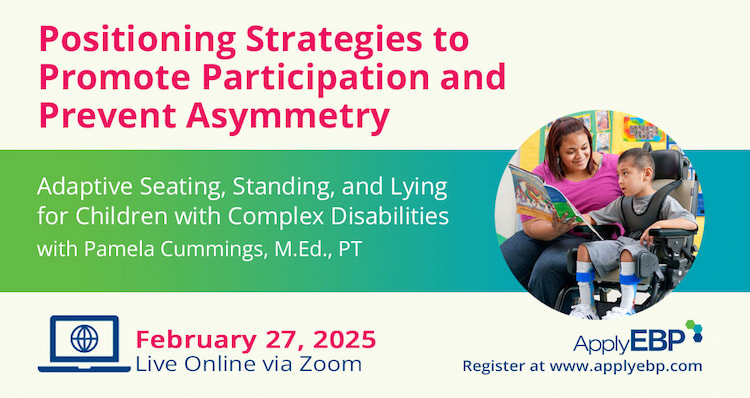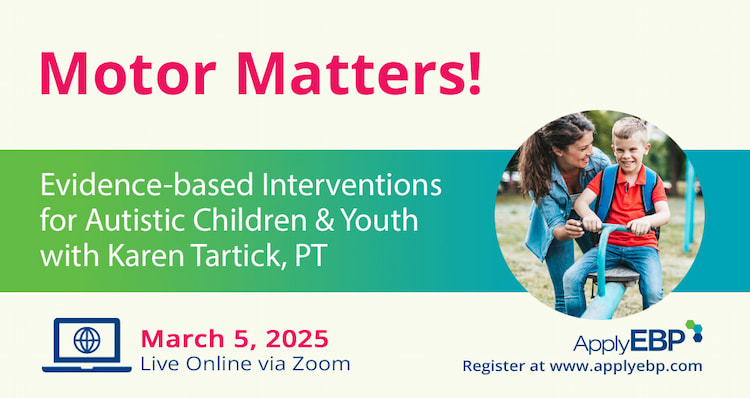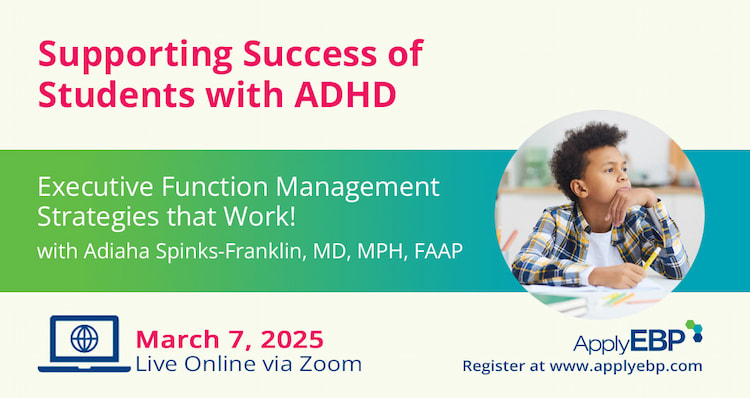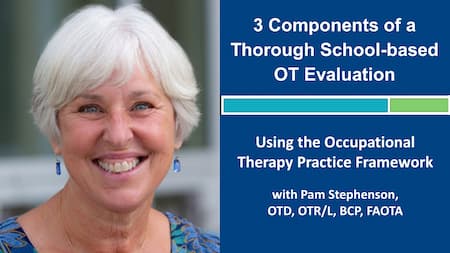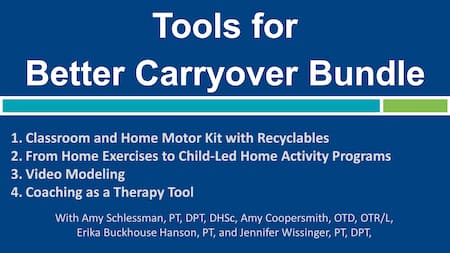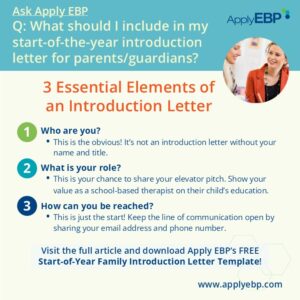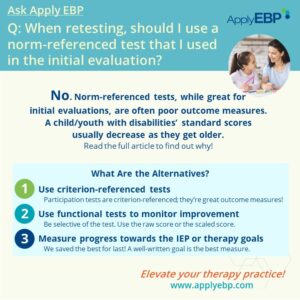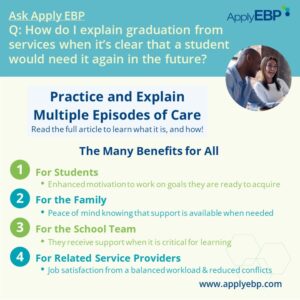Ask Apply EBP
Top 3 Tests for Activities of Daily Living (ADLs)
Note that this article is part of a series of articles on assessment. If you have not done so, first, read this articles:
-
-
-
- Must-Have Test and Organizing Your School-based Assessment – discusses the 5 critical reasons for assessing participation first
- 3 Principles for Selecting Tests – discusses the 3 principles to use when selecting tests at the activity and body function & structure levels
-
-
Q: What are the best tests…for Activities of Daily Living?
Below are our Top 3 tests for ADLs. All tests included are completed by adults (parent, caregiver, and/or educator), as such, their completion is not dependent on the child’s age or cognitive level.
1. Pediatric Evaluation of Disability Inventory Computer Adaptive Test (PEDI-CAT)
The PEDI-CAT is a parent/caregiver questionnaire that assesses functional ability in children and youth, birth-20 years old.
-
-
- To purchase: Click here – Forms start at $2
- For info on the test: PEDI-CAT website
- Why we like this test:
- It is both a norm-referenced and a criterion-referenced test.
- As a norm-referenced test, it can be used to compare performance with peers.
- As a criterion-referenced test, it can also be an outcome measure for monitoring progress.
- Items use everyday language, with examples and illustrations.
- This test has been extensively used in research.
- There is a PEDI-CAT specific for autistic children.
- It is both a norm-referenced and a criterion-referenced test.
- What to note:
- There are 4 domains tested (see below). You may choose which domain(s) you would like to test.
- Daily Activities
- Mobility
- Social/Cognitive
- Responsibility
- As a computer adaptive test, the “computer algorithm selects items from the large item pool that are most appropriate for that child and minimizes the number of items needed to ensure an accurate and precise score of overall functional activity performance” (PEDI-CAT website). The test can be delivered in 2 versions:
- Content-balance version: takes about 20-30 minutes
- Speedy version: takes only 10-15 minutes
- There are 4 domains tested (see below). You may choose which domain(s) you would like to test.
-
2. The Roll Evaluation of Activities of Life (REAL)
The REAL is a parent/caregiver self-report on a child’s ability to take care of themselves at home, at school, and in the community.
-
-
- To purchase: Click here
- Why we like this test:
- It is quick to complete – only 15-20 minutes.
- It includes single-page age-specific educational brochures for “Developing Independent Level Skills” from ages 2-18 years old that you can share with parents/caregivers.
- What to note:
- It includes 2 Domains:
- ADLs: 78 items
- IADLs: 58 items
- It includes 2 Domains:
-
3. Transition Planning Tools
For older students, it is always best to check with your Transition Team. They are likely already using a transition planning tool with assessments within areas you would typically look into. Ask the team if you can help administer sections within your scope of practice, or whether you can help interpret results using your OT, PT, or Speech expertise. Here is an example of a transition planning tool:
Transition Ratings Scale (TRS)
The TRS is a “…transition assessment to support planning that meets the requirements of the Individuals with Disabilities Act.” (TRS website, accessed 2024)
- To purchase: Click here
- Why we like this test:
- It is cheap at $2 per test
- It looks at the 3 areas of post-school outcomes: post-secondary education, employment, and independent living
- What to note:
- They have 5 separate forms that can be completed by an educator and/or parent.
- TRS 1.0: educator-completed form for assessing “learners with mild disabilities”
- TRS 1.0 Parent Form
- TRS 2.0: educator-completed form for assessing “learners with moderate to significant needs for support”
- TRS 2.0 Parent Form
- TRS 3.0: educator- or parent-completed form for “for learners with pervasive and long-term needs for support”
- They have 5 separate forms that can be completed by an educator and/or parent.
Note that many assessment tools that include “ADL” sections, such as the Developmental Assessment of Young Children (DAYC-2, birth to 5 years old). So, before you purchase one, you may want to check whether your current tools include such sections. If you plan to assess the ADLs of a child suspected of Developmental Coordination Disorder (DCD), you can also check the DCDDaily and DCDDaily-Q discussed in our article, Top 3 Tests for DCD.
If you would like to learn more about assessment and evidence-based interventions, check out these live courses…
And webinars…
Find More Answers to Your Questions in Our...
Featured School
Symposium
Featured Live
Workshop
Featured On-Demand
Webinar
Featured Webinar
Bundle
Tools for Better Carryover Bundle
Have a question?
Submit here…
*Clicking submit will send your question directly to our email inbox. Your name and email will let us know that your submission is real (not spam). We will not include these in our posts, unless you tell us to include your name. Please read our privacy policy here.
All infographics and videos on www.applyebp.com are intellectual properties of Apply EBP, LLC
You may use the infographics and videos for free for any non-commercial, educational purposes. Please cite the source as “Apply EBP, LLC” and a link to the source article. If you plan to use any infographic or video for commercial purposes (i.e., for profit), please email Carlo@applyebp.com to obtain a written permission. Permission can be granted on a case-by-case basis.


